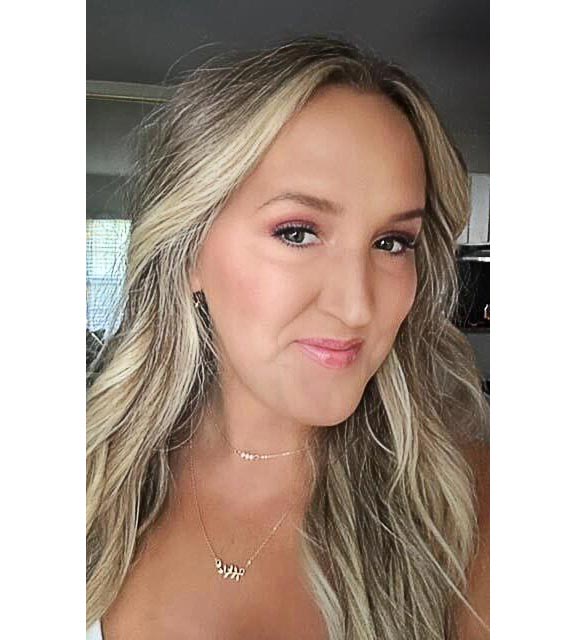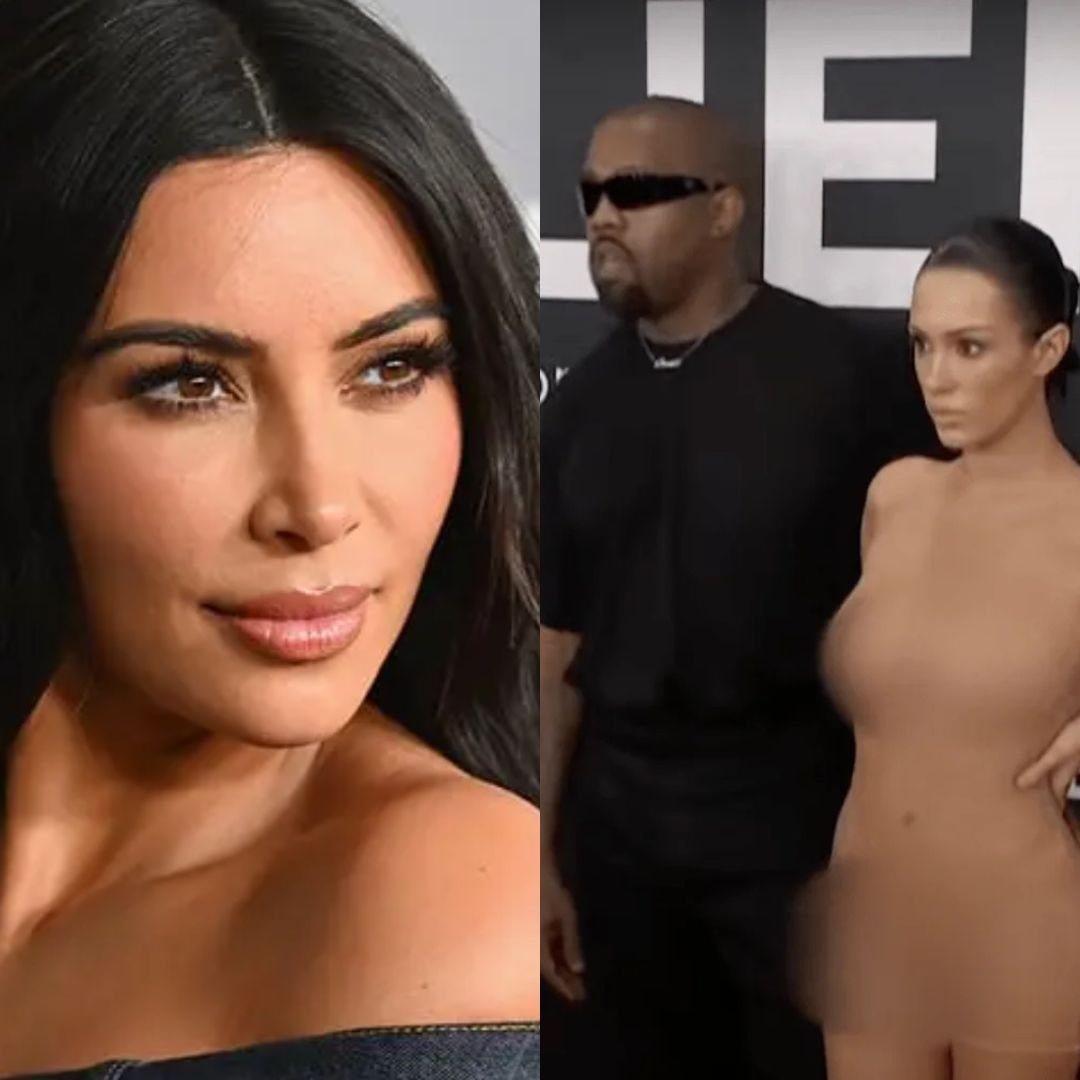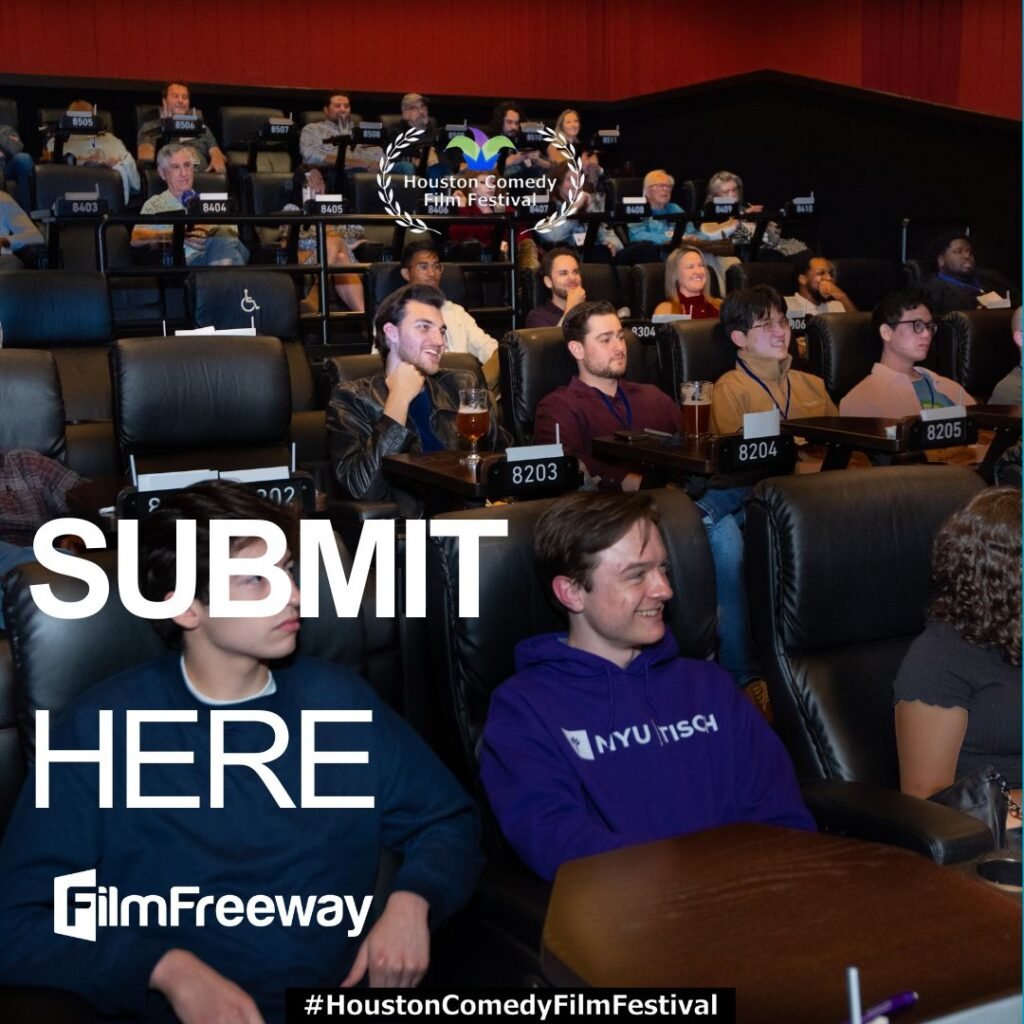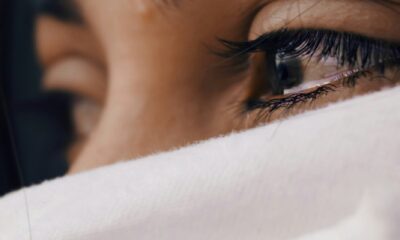Entertainment
How an Us Weekly Editor Gets Bejeweled for Taylor Swift’s ‘Eras Tour’ on August 11, 2023 at 11:16 pm Us Weekly

Kat Pettibone
Best believe I was bejeweled when I walked into SoFI Stadium for Taylor Swift’s Eras Tour.
As a longtime Swiftie — I’m talking back to the days of tears on her guitar — I was thrilled when I was able to snag tickets to night four of her Los Angeles concerts. (Thanks for the added tour dates, queen!). Seeing how dedicated fans were to crafting their concert ‘fits in every city, I knew I had to bring it when it came to my own ensemble, but my first question was: Which “Era” was right for me?
Red is my favorite album, but Folklore’s woodsy, ethereal aesthetic felt perfect for a breezy August evening. Reputation’s angsty vibe could be a great alter ego moment, while 1989’s throwback style offered an array of more classic choices. (A short skirt and a white shirt never go out of style, after all.)
It wasn’t until Charlotte Tilbury, Lumene and Laura Mercier sent me a gorgeous array of summer-inspired makeup options that my idea finally came together. I was clearly in my Lover era, and a palette of bright pink and peach hues would go flawlessly with the little tie-dye crop top in my closet just waiting to be worn somewhere special.
My mastermind plan was finally in motion and the first item on the agenda was prepping my body for the long night ahead. After a full two weeks of walking two miles a day to make sure my stamina was up to par for Swift’s 3.5-hour show — a journey through her entire discography — I was ready for the games to begin.
Next, it was all about the beautification process, which included a long list of appointments upon my return to Los Angeles from vacation the week before the show. When my flight home was canceled last minute, however, I had to improvise. A flawless late-minute lash fill — thanks, LASHJax!— got me looking fresh-faced and ready to rock before I finally headed home just one day prior to the big event.
Casey Flanigan/imageSPACE/Shutterstock
The evening before the concert consisted of me furiously making as many different friendship bracelets from my AllKinds stash as possible, so I could trade while falling in love with strangers the following night. Following a night of beauty rest, I was ready to prep for the show.
A deep cleansing “everything” shower made my exfoliated skin the perfect canvas. I started with MAC’s Prep + Prime Fix+ Face Primer & Makeup Setting Spray before my foundation and concealer. I then went in with Lumene’s liquid Invisible Illumination Collection. The Summer Glow Bronzer, Rosy Dawn illuminizer and Bright Bloom Blush had me radiating from within — but knowing it would be a night of dancing, I added a touch of MAC’s Fleur Power blush and Too Faced’s Chocolate Soleil Matte Bronzer to set the look.
Kat Pettibone
For my eyes, I wanted to be bold but feminine. I applied Charlotte Tilbury’s Eyes to Mesmerize in Rose Gold — a long-lasting cream eyeshadow that is the perfect secret to shimmering lids — and added a little of my Fleur Power to make my green eyes pop. Next was Laura Mercier’s Caviar Stick Eyeshadow Matte in Midnight Blue — a shoutout to Swift’s latest album — and a single coat of Charlotte Tilbury’s Full Fat Lashes Mascara. (Seriously, I only needed one!)
Then came the ‘fit. While the heat in L.A. left me opting for a more casual crop top and high-waisted jeans ensemble, I added a few pieces of gold jewelry from Walmart Fashion to take my look to the next level. A few of Time and Tru’s stacked rings and layered necklaces were the perfect options to go with my arm full of AllKinds friendship bracelets and their Madden NYC Chunky Lug Chelsea boots add a little Reputation flare. Lastly was my clear bag, essential to entry for the concert. Walmart’s XB Clear Crossbody Purse Bags for Women provided the perfect fashionable but sensible pouch.
With a few quick sprays of my Glossier You Eau de Parfum, I was ready to scream, sing, cry and laugh my way through every era. That’s exactly what I did, and even though my curls didn’t last through the second song — my makeup was still flawless even after Swift’s confetti-filled “Karma” dance party.
Kat Pettibone Best believe I was bejeweled when I walked into SoFI Stadium for Taylor Swift’s Eras Tour. As a longtime Swiftie — I’m talking back to the days of tears on her guitar — I was thrilled when I was able to snag tickets to night four of her Los Angeles concerts. (Thanks for
Us Weekly Read More
Entertainment
Kim Breaks Her Silence After Kanye’s Controversial Grammys

Two days after Kanye West and Bianca Censori’s headline-grabbing appearance at the 2025 Grammy Awards, Kim Kardashian has subtly responded by focusing on her family and meaningful causes. The reality TV star and entrepreneur took to Instagram to share her experience at the @15PercentPledge Annual Gala, effectively ignoring her ex-husband’s controversial antics.
Kardashian, 44, made a fashion statement of her own in a black, backless, full-length dress, presenting a stark contrast to Censori’s revealing Grammy outfit. In her post, she highlighted the organization’s support for Black-owned businesses and entrepreneurs, demonstrating her commitment to important social causes.
While Kardashian didn’t directly address the Grammy incident, her actions spoke volumes. On the day of the awards show, she chose to spend quality time with her children. She took her 11-year-old daughter North to see the stage production of “Wicked” at the Hollywood Pantages Theater and later went to the movies with her 9-year-old son Saint. This deliberate focus on her family suggests Kardashian’s priority is shielding her children from the ongoing controversy surrounding their father.
Sources close to Kardashian reveal that she is “disgusted and alarmed” by West’s recent behavior, particularly concerning its potential impact on their children. The mother of four is reportedly worried about the example being set for North, who “idolizes her dad,” and is concerned about potential comments from their son Saint’s friends[3].
Kardashian’s approach to co-parenting amid the controversy has been cautious and protective. She has reportedly set strict rules for Censori’s interactions with her children, including bans on nudity and limitations on social media access. These guidelines aim to maintain consistency in the children’s routines and upbringing, regardless of which parent they are with.
As the situation continues to unfold, Kardashian remains focused on her children’s best interests, navigating the challenges of co-parenting in the public eye with grace and determination. Her recent actions serve as a testament to her commitment to her family, even in the face of ongoing controversy and media scrutiny.

Bolanle Media covers a wide range of topics, including film, technology, and culture. Our team creates easy-to-understand articles and news pieces that keep readers informed about the latest trends and events. If you’re looking for press coverage or want to share your story with a wider audience, we’d love to hear from you! Contact us today to discuss how we can help bring your news to life
Entertainment
Biden Signs with Top Talent Agency CAA

Former President Joe Biden has signed with Creative Artists Agency (CAA), a major Hollywood talent agency, just two weeks after leaving the White House. This move marks a reunion for Biden with CAA, which previously represented him from 2017 to 2020.
Key Details
CAA co-chairman Richard Lovett praised Biden, calling him “one of America’s most respected and influential voices in national and global affairs”. Lovett also highlighted Biden’s “lifelong commitment to public service” as one of “unity, optimism, dignity, and possibility”.
During his previous stint with CAA, Biden achieved several notable accomplishments:
- Published his memoir “Promise Me, Dad,” which became a New York Times bestseller
- Launched the “American Promise” book tour, selling over 85,000 tickets nationwide
- The book tour is believed to have inspired his eventual run for the presidency
Potential Opportunities
At 82 years old, Biden has kept a relatively low profile regarding his post-presidency plans. However, his signing with CAA suggests he may be exploring various opportunities, such as:
- Public speaking engagements
- Writing projects
- Media appearances

CAA’s Star-Studded Roster
CAA represents a wide range of high-profile clients, including:
- Hollywood actors like Meryl Streep
- Lifestyle mogul Martha Stewart
- Sports stars such as Shohei Ohtani
Looking Ahead
While Biden’s specific plans remain unclear, he has previously stated, “I’m not going to be out of sight or out of mind”. His partnership with CAA may provide a platform for him to continue influencing national and global affairs, as well as sharing his experiences and insights from his long career in public service.
As Biden joins the ranks of former presidents exploring post-White House opportunities, his association with CAA positions him to potentially engage in various projects that could shape his legacy and contribute to public discourse on important issues.
Bolanle Media covers a wide range of topics, including film, technology, and culture. Our team creates easy-to-understand articles and news pieces that keep readers informed about the latest trends and events. If you’re looking for press coverage or want to share your story with a wider audience, we’d love to hear from you! Contact us today to discuss how we can help bring your news to life
Entertainment
What Film Producers Really Do

When the credits roll and audiences marvel at a spectacular film, few realize the incredible journey that brought that story to life. At the heart of this journey is the film producer – a professional who is part creative visionary, part business strategist, and entirely passionate about storytelling.

Film producers are essentially the architects of cinema, transforming a simple idea into a fully realized motion picture. Their work begins long before actors step in front of cameras, starting with discovering compelling stories and securing the rights to bring them to screen. Imagine a producer as a talent scout with an incredible eye for potential, constantly searching for narratives that could captivate global audiences.
The producer’s role is remarkably complex and multifaceted. They’re responsible for assembling the creative team, which means finding the perfect director, negotiating with screenwriters, and making critical casting decisions. But their job isn’t just about creative choices – they’re also financial strategists who must secure funding, manage budgets, and ensure the project remains economically viable.

During actual film production, producers become problem-solvers extraordinaire. They navigate countless challenges, from unexpected location issues to creative disagreements, always keeping the project moving forward. They’re the bridge between artistic vision and practical execution, making sure the director’s creative goals align with financial realities.
Post-production is another critical phase where producers shine. They oversee editing, potentially request additional scenes, and prepare the film for distribution. Their networking skills become crucial as they negotiate with studios, potential distributors, and international markets to ensure the film reaches its intended audience.
What makes a great producer isn’t just technical skill, but a unique blend of creativity, business acumen, and relentless passion. They must understand storytelling deeply while simultaneously managing complex logistical and financial challenges. It’s a role that requires intuition, strategic thinking, and an unwavering commitment to bringing remarkable stories to life.
While actors and directors often receive the spotlight, film producers are the true unsung heroes of cinema. They are the magical professionals who transform abstract ideas into the movies we love, cherish, and remember. Their work is a delicate dance of creativity, strategy, and pure cinematic magic.

Bolanle Media covers a wide range of topics, including film, technology, and culture. Our team creates easy-to-understand articles and news pieces that keep readers informed about the latest trends and events. If you’re looking for press coverage or want to share your story with a wider audience, we’d love to hear from you! Contact us today to discuss how we can help bring your news to life

 Entertainment4 weeks ago
Entertainment4 weeks agoWhy Women Are Choosing Not to Have Children?

 Entertainment4 weeks ago
Entertainment4 weeks agoDid Ryan Reynolds Mock Justin Baldoni in Deadpool & Wolverine?

 News4 weeks ago
News4 weeks agoTop 5 Immediate Lifeline Resources for Fire Victims

 Entertainment4 weeks ago
Entertainment4 weeks agoJay-Z Sued Over Alleged Bribery Scheme

 News4 weeks ago
News4 weeks agoBogalusa Mayor Arrested for Prostitution and Drugs

 Entertainment2 weeks ago
Entertainment2 weeks agoSelena Gomez’s Emotional Message to Fans on Immigration

 News2 weeks ago
News2 weeks agoTrump’s Executive Order Blitz: 200 Actions in 24 Hours

 Entertainment2 weeks ago
Entertainment2 weeks agoInside the Bizarre Obama-Aniston Gossip Saga



























